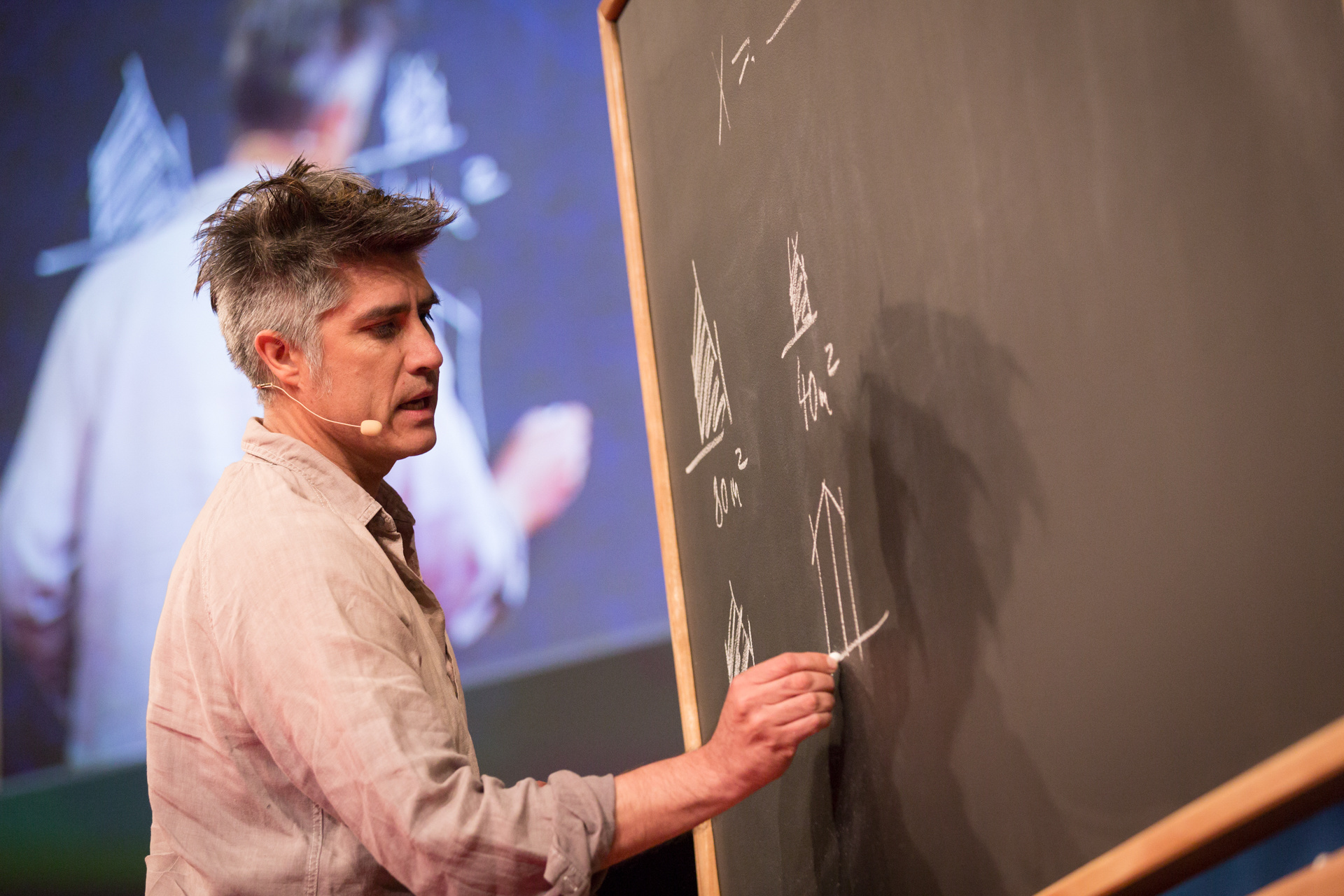New York Times formulates its list of the 28 Creative Geniuses of 2016. According to NYT, “these are the people whose inventive spirits shaped the conversation this year.” The list includes well-known figures like Michelle Obama, Lady Gaga, and Natalie Portman. Architects occupy two places on this list earned by the Chilean architect, Alejandro Aravena, and the 80-something-year-old Swiss couple, Trix and Robert Haussmann.
Aravena is the winner of this year’s Pritzker Prize and director of the 2016 Venice Biennale, Reporting from the front. He was involved in the reconstruction plans that followed the 2010 earthquake on the central coast of Chile. Aravena views architecture as a gate to do public good. He thinks that the issues and concerns of people should be the starting point for any architect. He, also, believes that people should be part of the architectural design process: “Any single citizen can have a say”.

Alejandro Aravena speaks at TEDGlobal 2014, South, Session 10 – Lateral Action, October 5-10, 2014, Rio de Janeiro, Brazil. Photo: James Duncan Davidson/TED
Aravena doesn’t think of himself as an artist. He believes that, in terms of serving the public, a practical, repeatable form is more valuable than a unique, unrepeatable one. He says that “The more monotonous, dry, tough, the better,” for this shall guide and give a sense of order to the inevitable intervention of people. Aravena’s winning the Pritzker prize was a source of pride to the Chilean citizens, who are grateful to him for his role in their society and treat him like a celebrity.
Getting to the other two architects on the list, the Haussmann’s have a long history of battling the rigid gravity of modernism. Memphis Group in Milan, to which they belonged, shaped the architecture of the 80s, with their interesting mix of bright colors and cartoonish proportions, before disbanding in 1988. They challenged the architecture of Mies Van Der Rohe among other modernist pioneers by adding ornaments to their iconic designs. Now, after 30 years, the married couple is still active, with their extreme and fantastic ideas. Their Chesterfield armchair, recently released by Walter Knoll, is a showcase of their unusual work, with its cozy and conventional seat standing on minimal steel tubes.
Up to this day, their work is not pretty well known on the international scale, due to the complexity of their pieces, which celebrate artificiality and illusion. Nevertheless, the creative couple never budged from their beliefs: “To us, the best thing is to not be a slave to what is natural,” says Trix Haussmann, “to go beyond, to shock, to twist, not to accept.”

